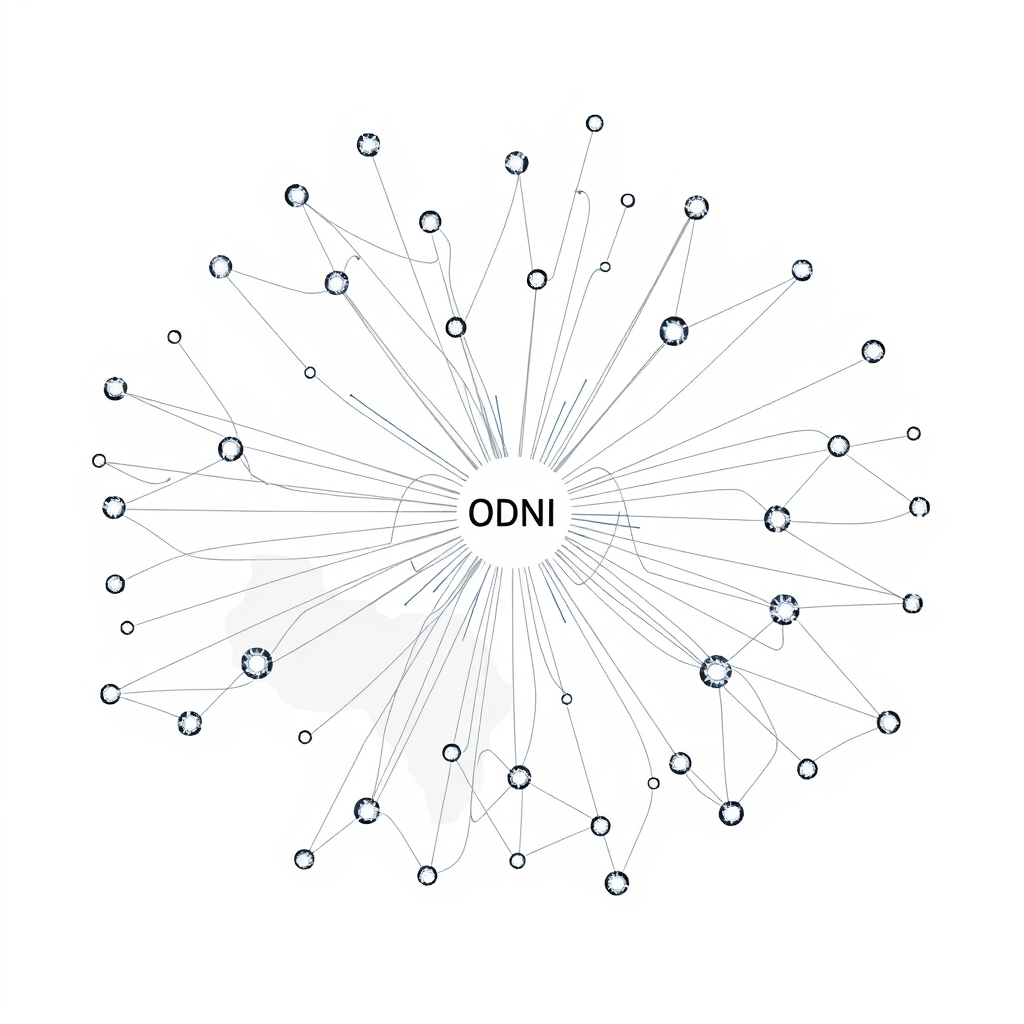Has the ODNI Delivered on Its Promise?

Twenty years after its establishment, the Office of the Director of National Intelligence (ODNI) is facing renewed scrutiny regarding its effectiveness and overall value. Created in the wake of the 9/11 attacks and the intelligence failures surrounding the 2003 invasion of Iraq, the ODNI was intended to be a central hub for coordinating the vast and often siloed U.S. intelligence community. The core mission was to overcome what was then described as “single-threaded” intelligence – analysis focused too narrowly on individual pieces of information, missing crucial connections.
The ODNI’s mandate quickly expanded beyond simply improving analysis. It assumed responsibility for preparing the President’s Daily Brief, overseeing the entire intelligence budget, and serving as the primary public face of the intelligence community. Essentially, it was tasked with integrating disparate agencies, fostering collaboration, and ensuring a more holistic approach to national security threats.
However, two decades on, questions persist about whether the ODNI has truly achieved these goals. While proponents argue it has improved information sharing and prevented attacks, critics contend that the office has become another layer of bureaucracy, slowing down decision-making and failing to adequately address emerging threats. The sheer complexity of coordinating 18 separate intelligence agencies – each with its own culture, priorities, and bureaucratic hurdles – remains a significant challenge.
The ODNI’s effectiveness is particularly relevant now, as the U.S. faces a rapidly evolving threat landscape – from cyberattacks and disinformation campaigns to great power competition and transnational terrorism. A critical assessment of the ODNI’s structure, authorities, and performance is essential to ensure that the intelligence community is best positioned to protect national security in the years ahead. Simply existing isn’t enough; demonstrable value and adaptability are paramount.